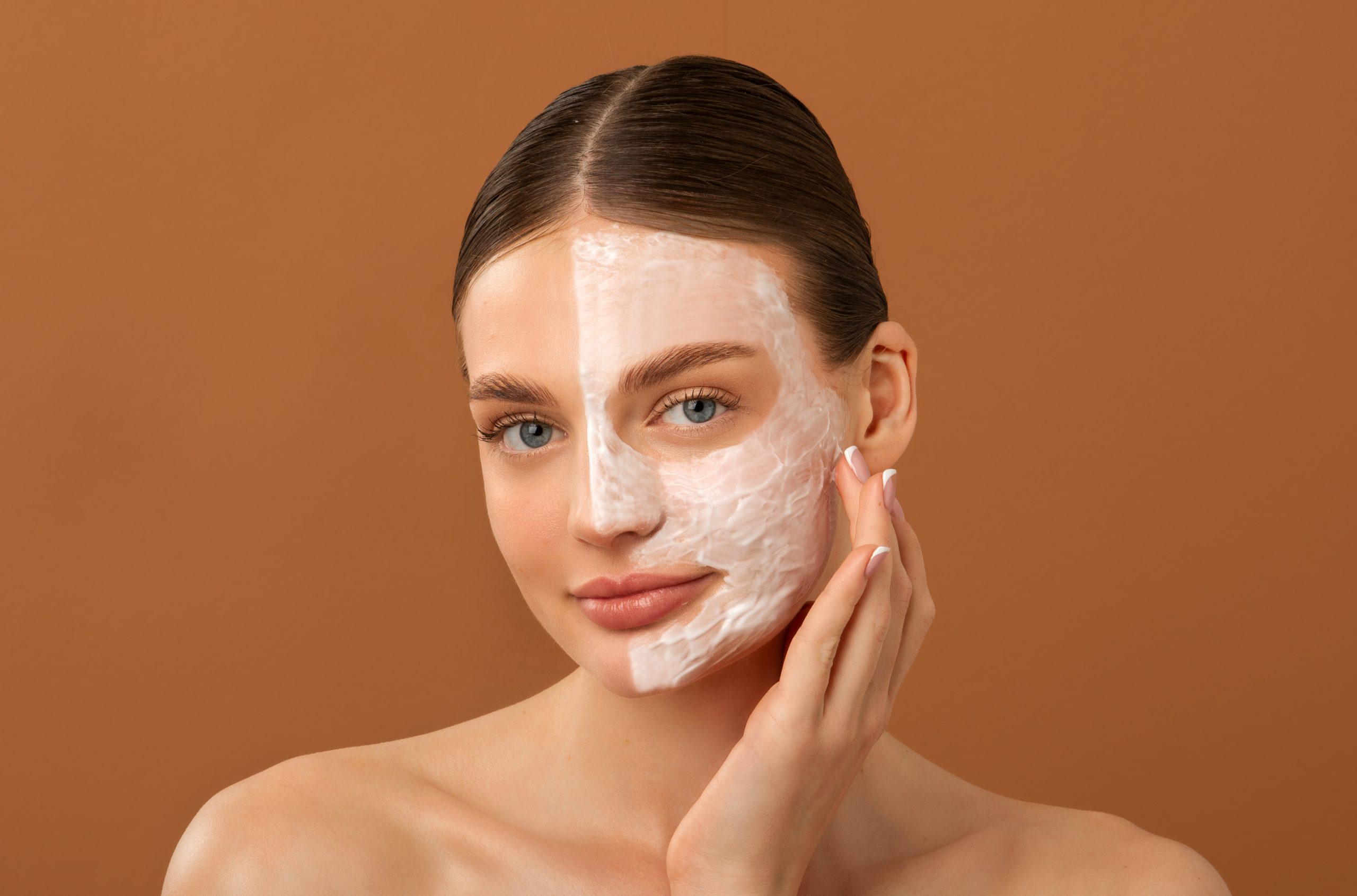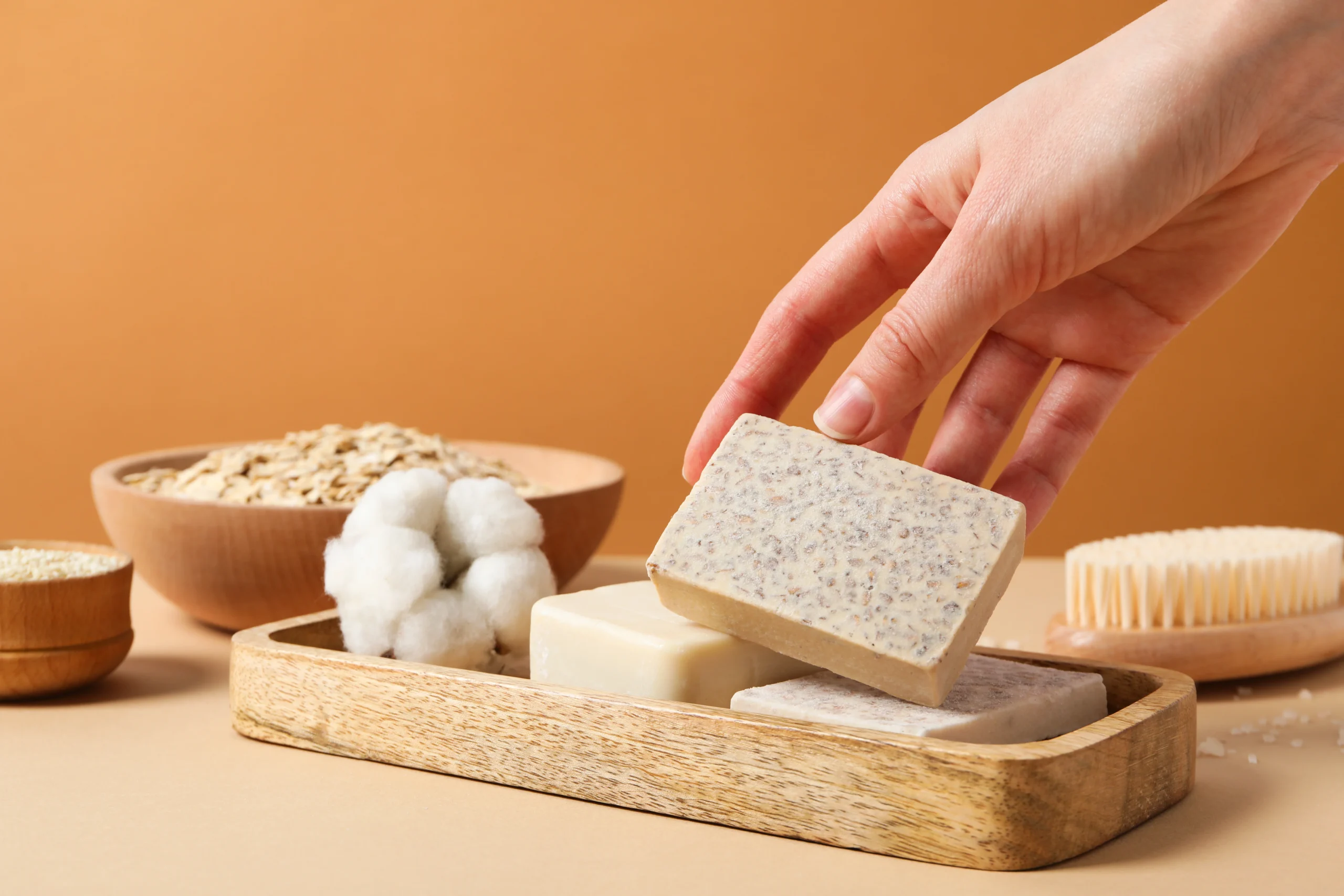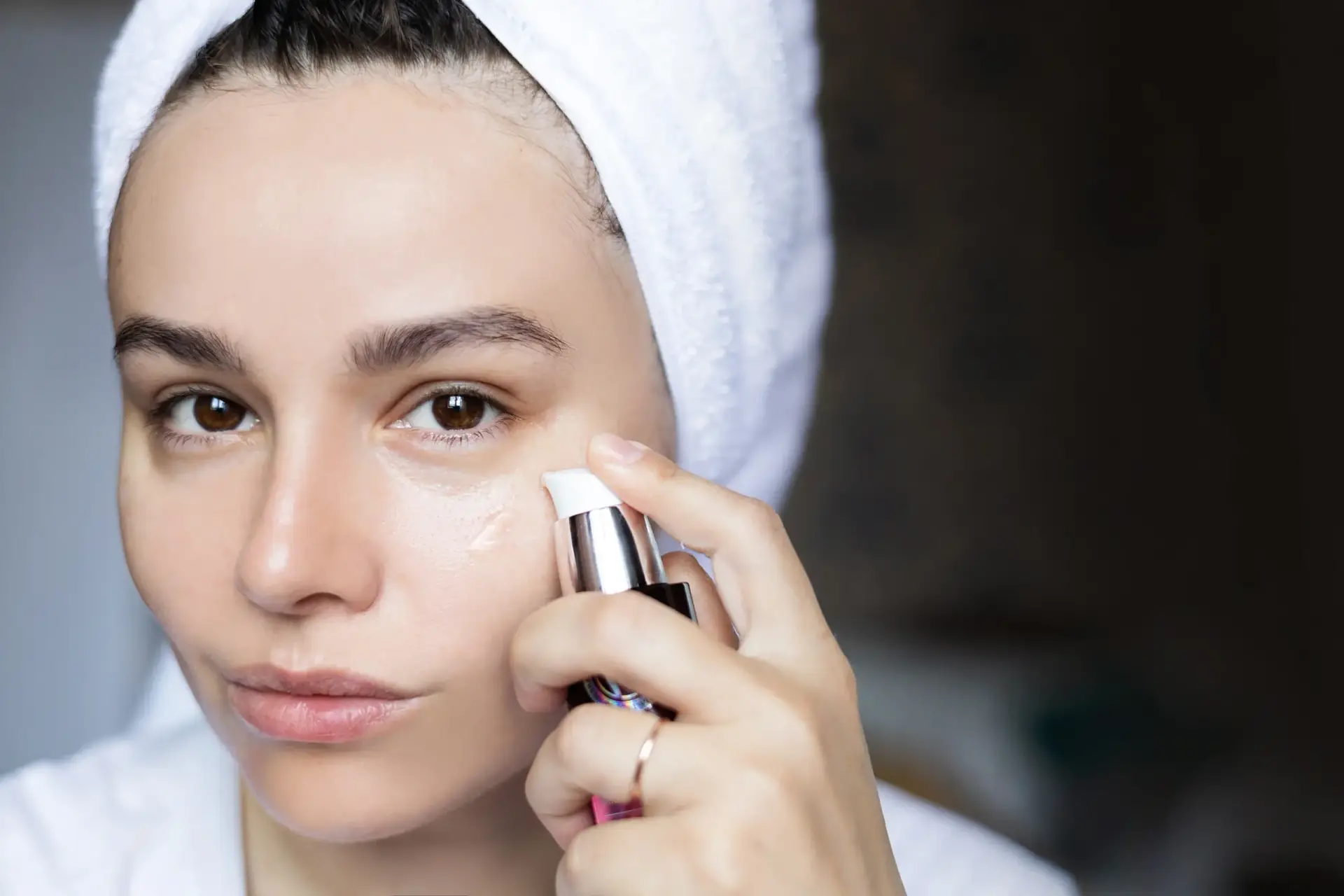Skin Care Before or After Using Face Mask – Understand The Correct Method
Should you apply skin care before or after using a face mask? This is one of the most common yet confusing questions in beauty. The answer is not the same for everyone. It depends on your skin type, what type of mask you’re using, and what kind of results you’re looking for.
Many people believe that simply using a mask will make their skin glow, but the steps taken before and after the mask application determine the benefits. To get the full benefits of using a mask, you must know which products to use after which and why. Whether you’re looking for hydration, detoxification, or anti-aging benefits, the proper timing of your skincare routine before and after using a face mask can significantly impact your results.
The Importance of Skincare Sequencing
If you follow your skincare routine correctly, you will achieve much better results; however, if you do it incorrectly, it can do more harm than good. Think of your skin as a sponge – it can only absorb a limited amount of ingredients at a time. Suppose you apply a mask directly without washing or cleansing your face. In that case, the mask will be unable to penetrate deeply into your skin and will be less effective.
Therefore, cleaning your skin before applying the mask is essential to prepare it for the active ingredients to work effectively. The benefits won’t last long if you don’t moisturize or lock in moisture after applying the mask. Suppose you use a mask that contains exfoliating agents or potent actives. In that case, incorrect sequencing can also cause skin irritation or rashes. Therefore, knowing how to care for your skin before and after a face mask is essential not only for beauty but also for skin health.
Different Types Of Face Masks And Their Roles
Each type of mask has a different purpose. For example, a clay mask primarily absorbs dirt and oil deep within the skin. It works best when used with a thorough facial cleansing, followed by applying a serum or moisturizer after the mask.
On the other hand, sheet masks provide hydration and nourishment, which requires keeping the skin clean and applying a moisturizer afterward. Peel-off masks typically remove dead skin cells, so it is best to follow up with a hydrating serum after the mask. Therefore, it is essential to determine the sequence of skin care according to the type of mask being used.
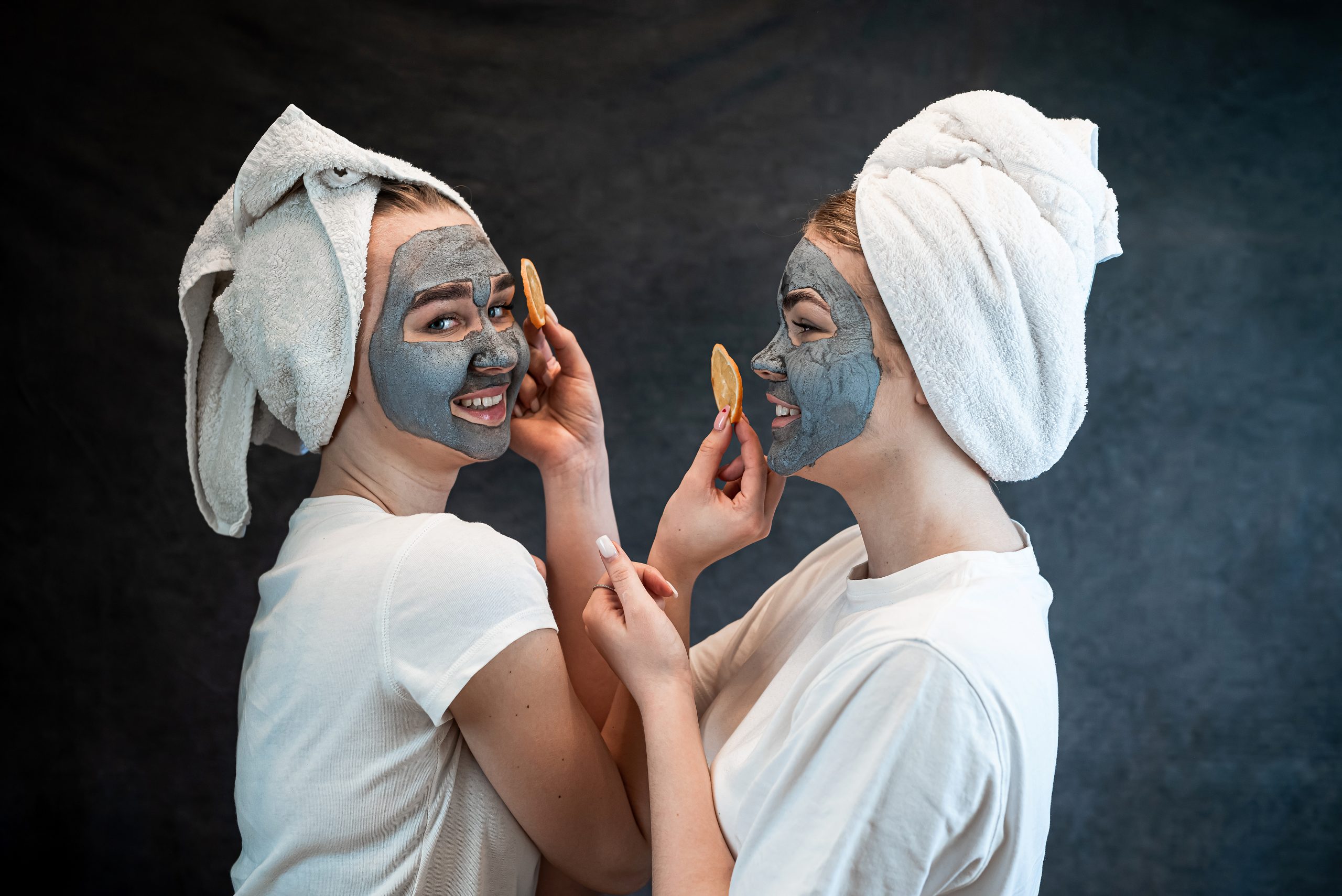
Benefits of Skin Care Before Using A Face Mask
Taking care of your skin before using a face mask lays the foundation for the entire process’s success. Clean skin helps the active ingredients penetrate more deeply, allowing for faster and more visible results. When you wash, exfoliate, or use a toner before applying a mask, you remove dirt, oil, and dead skin cells from the surface of your skin, which could otherwise interfere with the beneficial ingredients in the mask. Using a mask on improperly prepared skin is like watering a plant through plastic- it doesn’t provide any benefit.
The Importance Of Preparing The Skin
Skin Preparation includes cleansing, light exfoliation, and toning. Cleansing removes dirt, oil, and makeup from the skin’s surface, allowing the mask to come into direct contact with the skin. Mechanical or chemical exfoliation removes dead cells, allowing the mask to work effectively with new, vibrant skin. Toner helps balance the skin’s pH and provides gentle hydration, especially when using sheet or gel masks. If you skip these steps, the mask’s effectiveness may be reduced, and you may experience acne or skin irritation if the mask traps dirt inside the skin.
Suitable Products Before Using a Mask
Before using a face mask, use a gentle cleanser suitable for your skin type. A cleanser containing salicylic acid is an appropriate option if you have oily skin. If your skin is dry, use a hydrating cream cleanser. Follow with a toner of essence for light hydration and maintaining skin balance. For some masks, such as exfoliating or detox masks, a mild AHA or BHA exfoliant may be beneficial in enhancing the mask’s effectiveness. However, avoid potent activities like retinol or vitamin C right before using the mask, as they can react with the mask’s ingredients and increase sensitivity.
Skin Care After Using A Face Mask: The Right Way To Retain The Benefits
After removing a face mask, your skin is in the best condition to absorb nutrients. Post-mask skincare helps ensure hydration, soothes the skin, and prevents excess water loss. Skipping this step can leave your skin dry or irritated, mainly if the mask contains active ingredients like charcoal, acids, or clay. Follow up with a light serum or moisturizer that suits your skin’s needs.
Hydration and Moisturizing After Using a Mask
The most suitable product to use after applying a mask is a hydrating serum, which may contain hyaluronic acid, niacinamide, or peptides. These ingredients restore moisture to the skin and strengthen the skin barrier. Then, lock everything in with a nourishing moisturizer. If you use a mask at night, finish your routine with a facial oil or night cream for long-term benefits. Be sure to use sunscreen after applying a mask during the day, as your skin is usually more sensitive to the sun after using one.
Active Ingredients to Avoid After Using a Mask
Avoid using strong exfoliants or active ingredients on the skin after using a mask. Substances such as retinol, glycolic acid, or benzoyl peroxide can irritate the fresh skin after a mask. The exception is if the mask is specifically designed to work with these active ingredients, and your skin is already tolerant. After-mask care should focus more on hydration and soothing the skin, avoiding exfoliation or strong treatments.
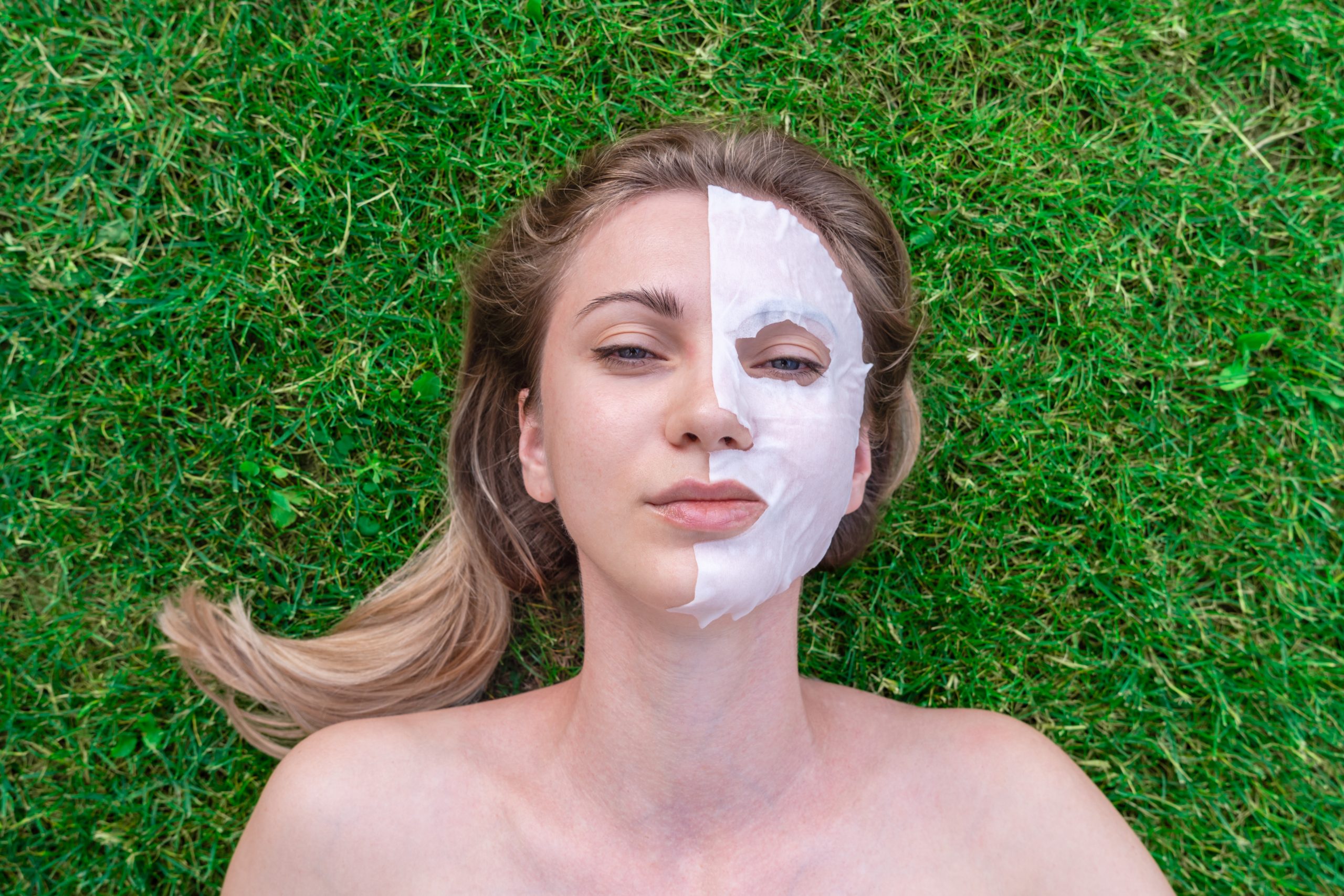
Morning vs Night: When to Use Skin Care Before or After Face Mask for Maximum Benefits
Whether you use your face mask in the morning or at night, the timing of your application can significantly impact the results of your skincare routine. The right time depends on your skin’s needs, the type of mask, and what results you’re looking for. While there’s no single rule for this, understanding how your skin behaves at different times of the day will help you choose the best time to use the mask.
Morning Mask: Freshen Your Skin
Using a mask in the morning is a great way to hydrate, wake up, and prepare your skin for the day. Masks designed to brighten, reduce puffiness, or give you radiant skin are best used in the morning. These include vitamin C, Caffeine, aloe vera, or niacinamide. Sheet masks are especially popular in the morning, as they quickly bring moisture and radiance to the skin and don’t need to be washed off. Be sure to use sunscreen after using the mask in the morning to protect your fresh skin from UV rays.
Using a mask in the morning is especially effective before a big event or when applying makeup. A hydrating or priming mask smooths skin texture, reduces redness, and gives skin a healthy glow, so makeup goes on beautifully.
Night Mask: Restore and Repair During Sleep
Skin naturally enters a repair phase at night. Cell turnover increases, making the skin more sensitive to active ingredients. So, it’s best to use a detoxifying, exfoliating, anti-aging, or barrier-repairing mask at night. Clay masks, charcoal masks, and sleeping masks are especially effective at night.
Night masks typically contain potent ingredients such as AHA, BHA, retinol, peptides, or ceramides, which can enhance the skin when used at night. At night, you are not exposed to sunlight or pollution, allowing these powerful ingredients to work without interference.
What Will You Choose?
Opt for a brightening or hydrating sheet mask if your skin feels rough, flaky, or dry in the morning. If you’re struggling with blocked pores, acne, or uneven texture, consider using a clay or exfoliating mask at night to help clear your skin. You can also develop a flexible routine that involves using a hydrating mask in the morning and a treatment mask at night.
Expert Tips
Regardless of when you use a mask, always apply a suitable moisturizer afterward. Don’t forget to use sunscreen in the morning. At night, you can use a nourishing serum or oil over your moisturizer, which helps the skin’s natural recovery process.
What Dermatologists Say – Skin Care Before or After a Face Mask
Many dermatologists agree that whether to follow a skincare routine before or after applying a face mask depends on your skin type and the purpose of the mask. However, the general rule is to always start with clean and prepped skin. Board-certified dermatologists recommend using a moisturizer after cleansing and toning, followed by a mask. Some dermatologists also recommend using antioxidants or barrier-repairing ingredients, especially after using clay or exfoliating masks, to help speed skin recovery.
Skin Care Layering Around a Mask- Step-by-Step Routine
When appropriately layered, each product complements the others well. Begin with a gentle cleanser, followed by a toner. They apply a face mask and leave it on for the recommended duration. After removing the mask, pat your skin dry if necessary and apply a hydrating serum. Finally, lock in your moisturizer. This basic layering can be slightly modified depending on whether you use a sheet, clay, or overnight mask.
The Best Routine For Skin Care Before or After Face Mask
Apply sheet masks to cleansed and toned skin. After removing the mask, massage any remaining serum into the skin and follow with moisturizer. Do not rinse off the essence unless instructed to do so. Since sheet masks are typically hydrating, use an emollient-rich product to enhance their benefits.
The Best Routine For Clay And Charcoal Masks
These masks work best after a thorough cleanse and, if necessary, exfoliation. After removing the mask, use a gentle toner or hydrating mist to calm the skin. Follow with a replenishing serum and a medium to thick moisturizer. Avoid using active ingredients like acids or retinol to avoid irritation.
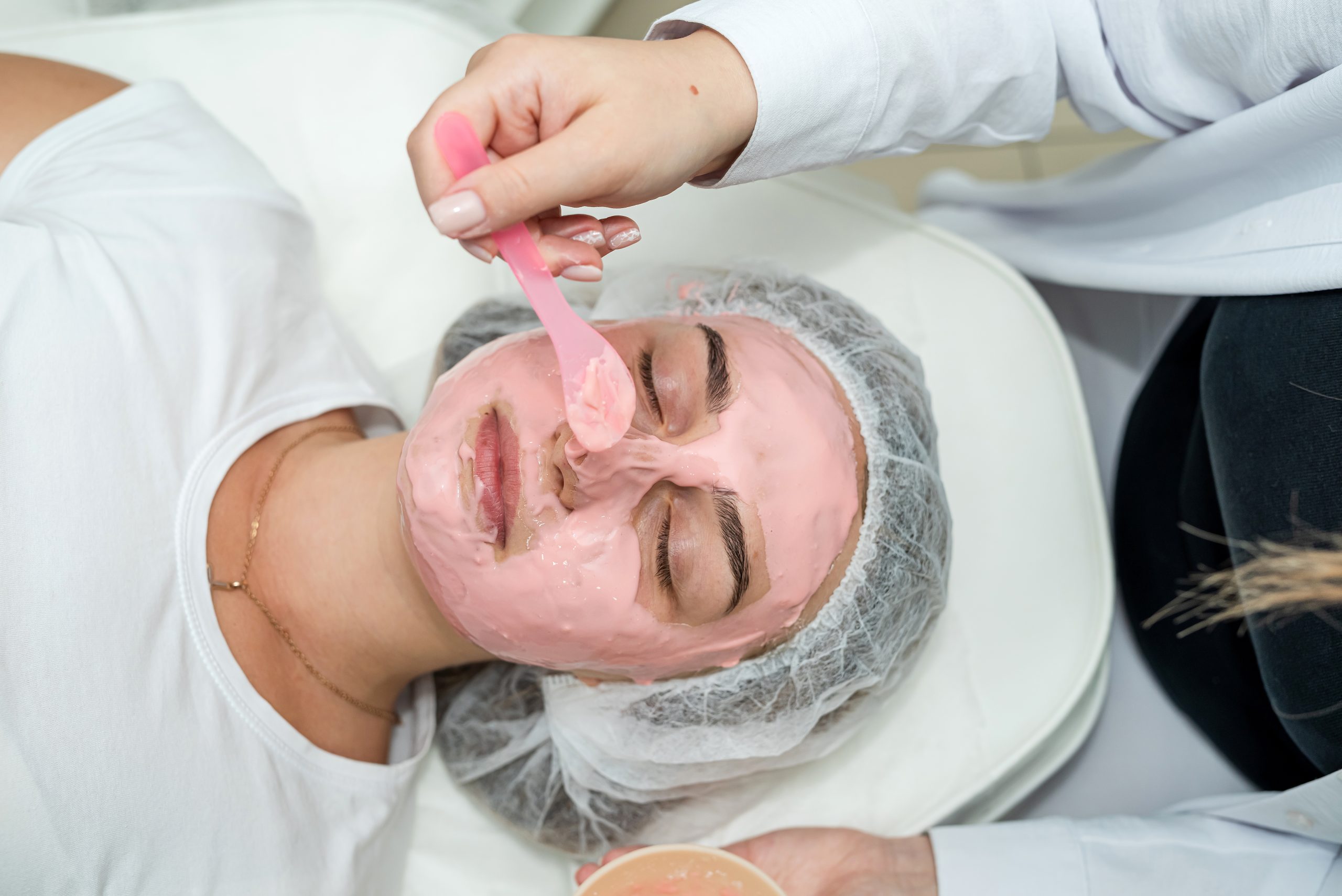
Skin Types and Best Practices for Using Face Masks
It is crucial to select a mask that suits your skin type. The right mask and proper use can significantly improve your skin. In contrast, using the wrong mask or misapplying it can cause dryness, acne, irritation, or no benefit. Using a mask according to your skin type ensures safe and effective care.
Normal Skin
Normal skin is usually balanced, less sensitive, and less prone to blemishes. Various masks are available for this type of skin. Hydrating sheet masks, detoxifying clay masks, and brightening gel masks are good options. Use masks 2-3 times weekly and maintain hydration with a light moisturizer.
Best Practices:
- Use a hydrating or brightening mask before makeup in the morning.
- Use a detoxifying mask once a week to help maintain your skin’s health and well-being.
- Avoid over-masking, as it can damage the skin’s natural barrier.
Oily And Acne – Prone Skin
This skin type produces excess sebum, which can clog pores and lead to acne. The goal is to control oil but maintain essential moisture. Clay masks, charcoal masks, and sulfur-based masks can help absorb oil and reduce acne. However, hydration is necessary, as dry skin can produce more oil.
Best Practices:
- Cleanse thoroughly before masking.
- Avoid overly drying ingredients that contain alcohol.
- Use an oil-free, non-comedogenic moisturizer.
Dry Skin
Dry skin is typically tight, rough, or scaly and often lacks natural oils. Masks that are hydrating and rich in emollients are suitable for this skin type. Choose creams, sheets, or overnight masks that contain hyaluronic acid, glycerin, shea butter, and ceramides.
Best Practices:
- Avoid clay or peel-off masks that strip the skin of its natural moisture.
- Use a Hydrating mask 2-3 times a week or as needed.
- Use a hydrating toner before the masks.
Sensitive Skin
Sensitive skin is prone to redness, irritation, or allergies. Masks for this type of skin should be mild, fragrance-free, and contain soothing ingredients like aloe vera, chamomile, oat extract, or Centella Asiatica.
Best Practices:
- Do a patch test before using a new mask on your entire face.
- Use masks labeled “hypoallergenic” or “for sensitive skin.”
- Avoid masks with alcohol, acids, or artificial fragrances.
- Limit mask use to 1- 2 times a week.
Combination Skin
Combination skin has an oily T-zone (forehead, nose, chin) and dry or normal cheeks. Multi-masking is very effective—use a clay mask on oily areas and a hydrating mask on dry areas.
Best Practices:
- Understand the unique needs of different facial areas.
- Use different masks simultaneously.
- Use a balanced moisturizer suitable for combination skin.
- Change masks according to your skin’s condition.
Aging or Mature Skin
Mature skin typically exhibits reduced elasticity, sagging, and fine lines. This skin mask should be for firming, hydration, and collagen boosting. Select a mask that contains peptides, retinol, antioxidants, or hyaluronic acid.
Best Practices:
- Use an anti-aging mask 2-3 times a week.
- Avoid strong exfoliating masks if your skin doesn’t respond well to them.
- Follow with a serum and nourishing moisturizer after the mask.
- Consider using an overnight mask to rejuvenate your skin while you sleep.
Summary
Choosing the right mask based on your skin type and using it correctly can help you achieve the best results for your skin. Masks can be very effective in your skincare routine, but only when used correctly. Customize your routine, listen to your skin’s response, and change your masking schedule.
Discover More Articles On Makeup And Beauty Here
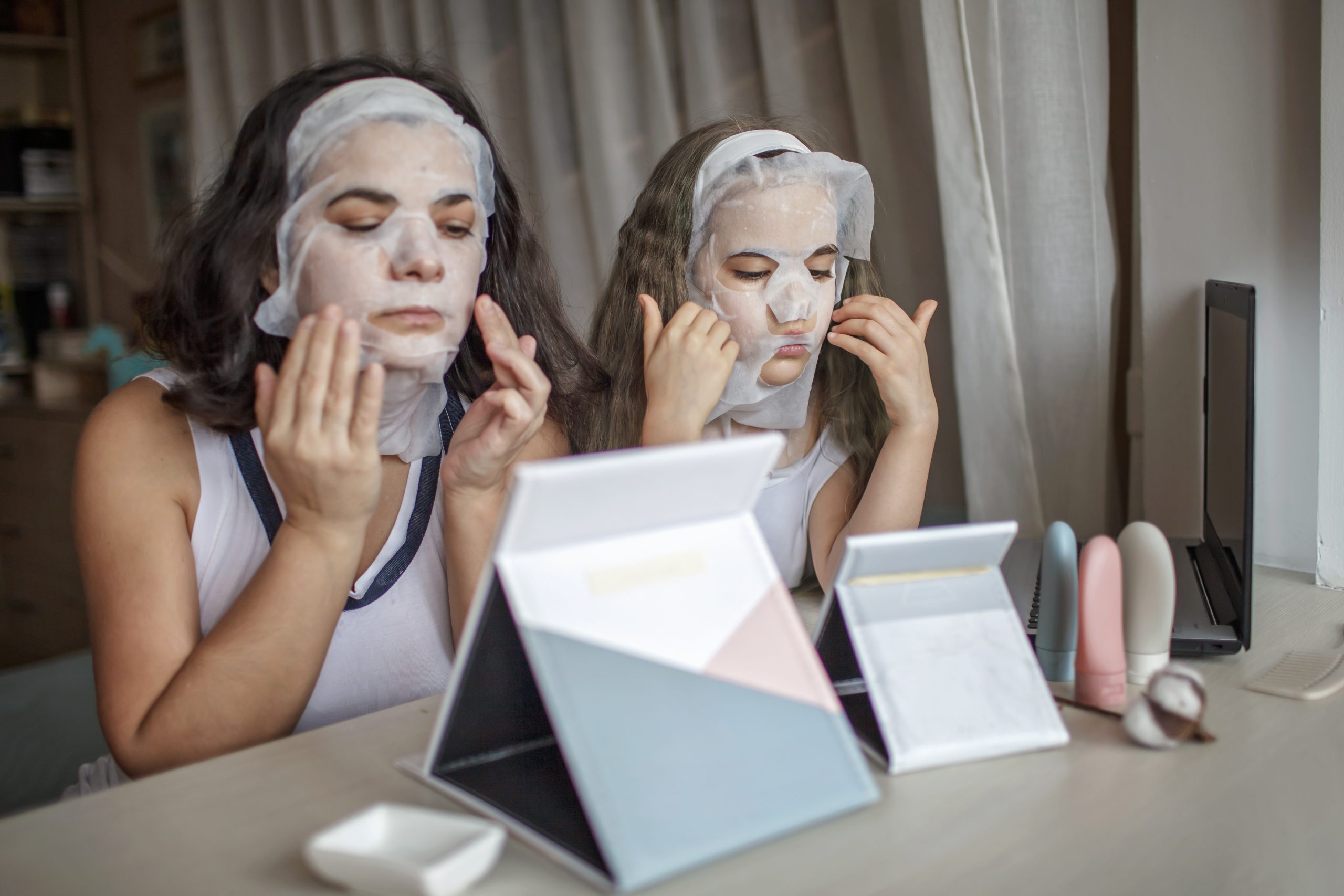
Final Thoughts On Your Skin Care Before And After Using a Mask
To get the most out of your skincare routine, it’s essential to understand when to apply skincare products before and after using a mask. It’s not just a matter of preference—it directly affects the mask’s effectiveness and how your skin reacts. As we’ve discussed, the key is preparation and aftercare. Regardless of your skin type or mask, starting with clean and balanced skin ensures that the mask’s effective ingredients reach the skin deeply and efficiently.
Before using a mask, the skin must be cleaned and prepared to remove dirt, oil, and dead skin cells, allowing the active ingredients to penetrate the skin properly. Skipping this step can reduce the mask’s effectiveness and cause breakouts or skin irritation. On the other hand, past mask care is equally important. After removing the mask, the skin is more absorbent, making it the ideal time to apply hydrating serums, nourishing moisturizers, and barrier-supporting ingredients.
Whether your goal is hydration, detoxification, brightening, or soothing sensitive skin, taking care of your skin’s needs before and after using a mask will significantly enhance the results. Be aware of the type of mask you’re using; choose products that match your skin’s needs and be gentle with it, especially after intense treatments.
In short, skincare before or after a mask is not an option; it is a complete routine. From proper cleansing to carefully selected masks and aftercare, this entire process enhances the mask’s effectiveness, leaving the skin healthy, strong, and radiant. Take the time to learn what works best for your skin, be consistent, and enjoy the benefits of beautiful, healthy skin.
If you want to reduce breakouts, dryness, or dull skin, consistency and proper product layering are key. Listen to your skin, and never underestimate the power of a well-structured routine.

